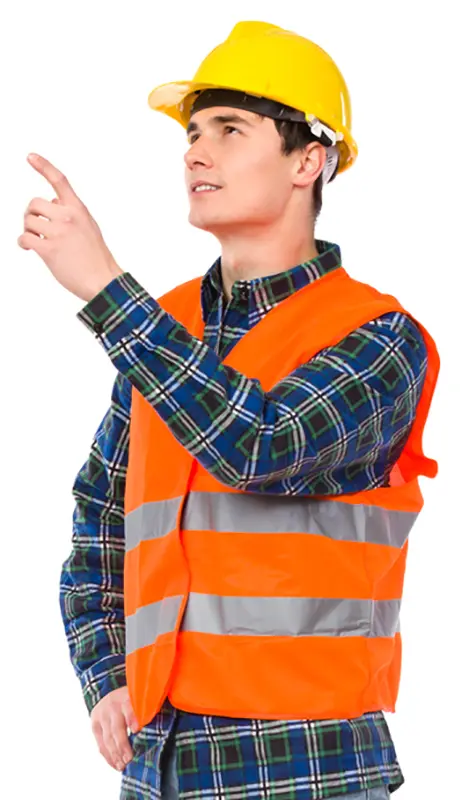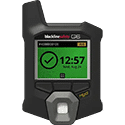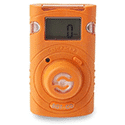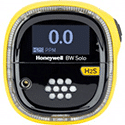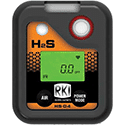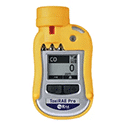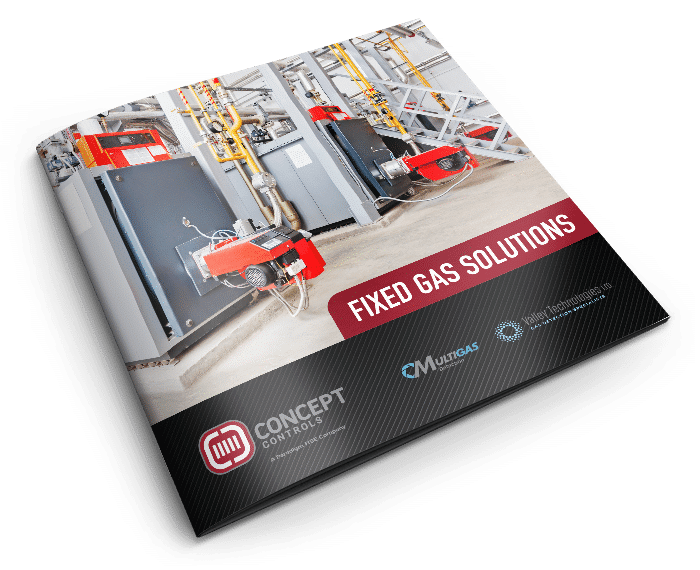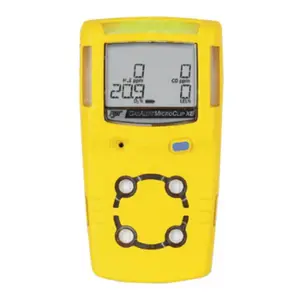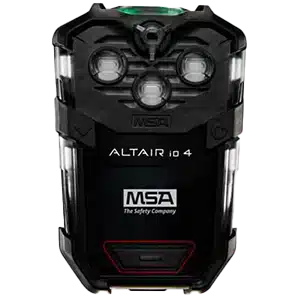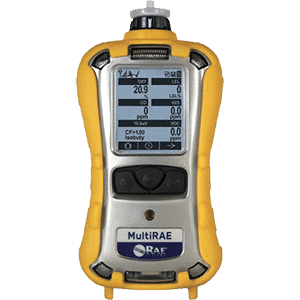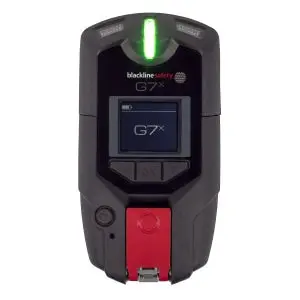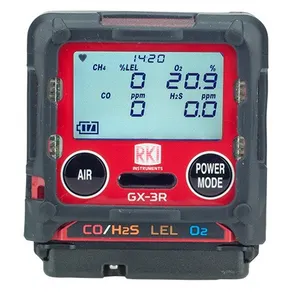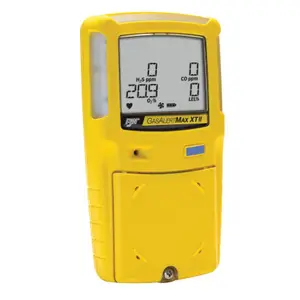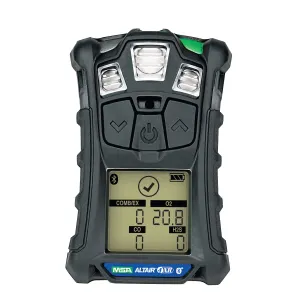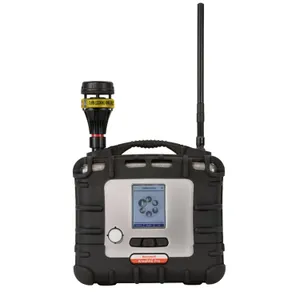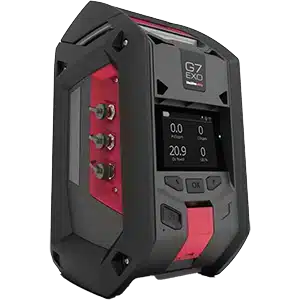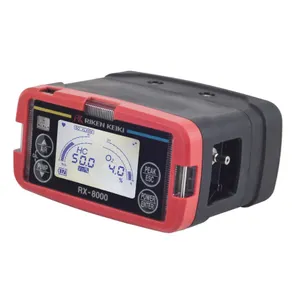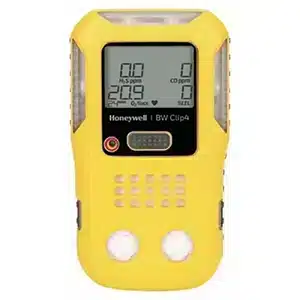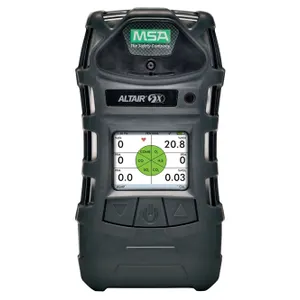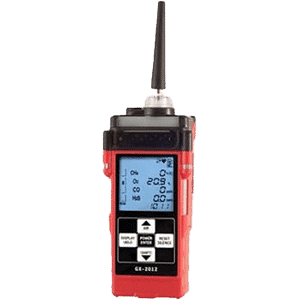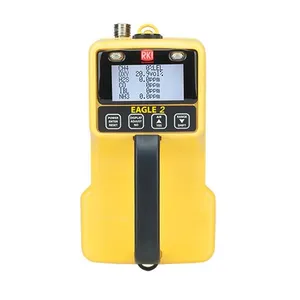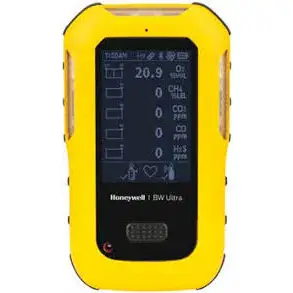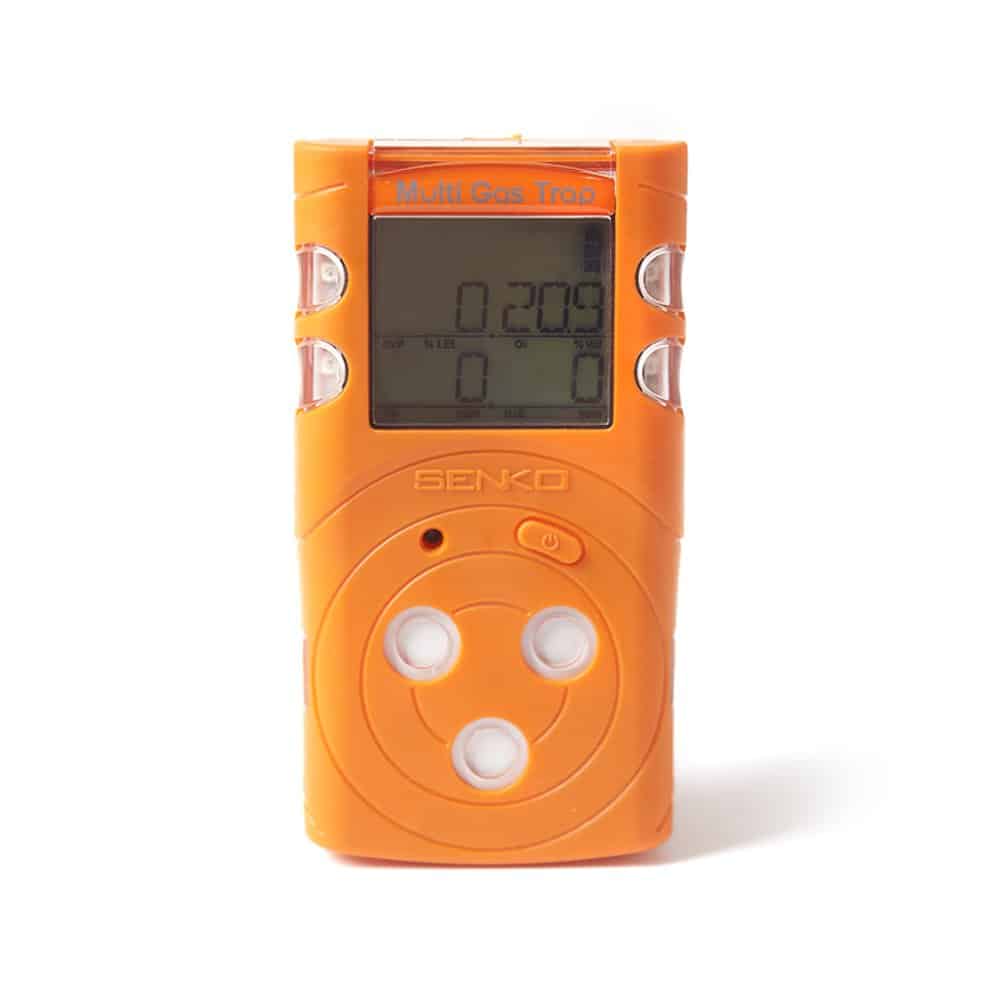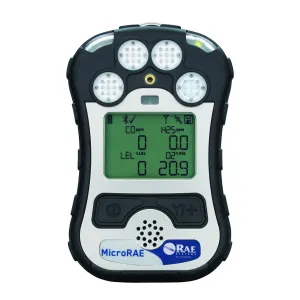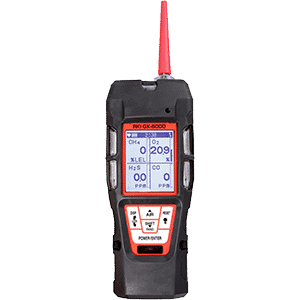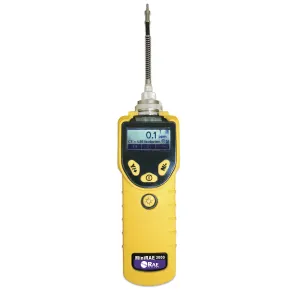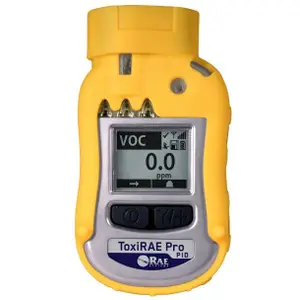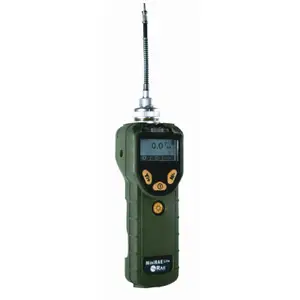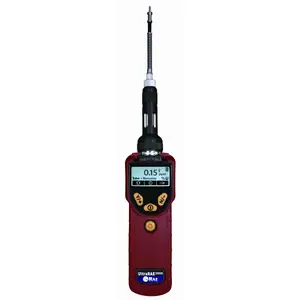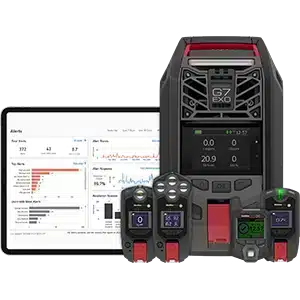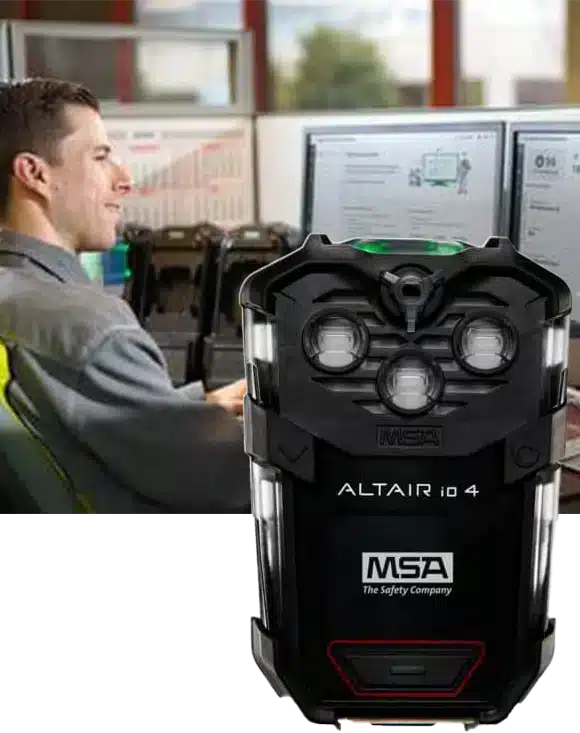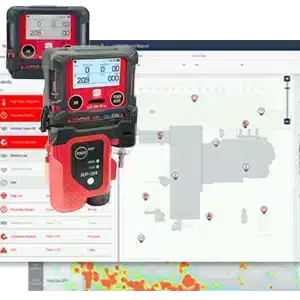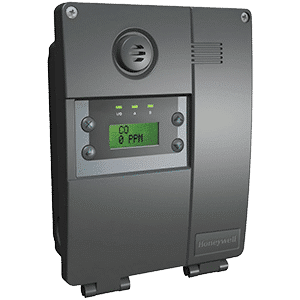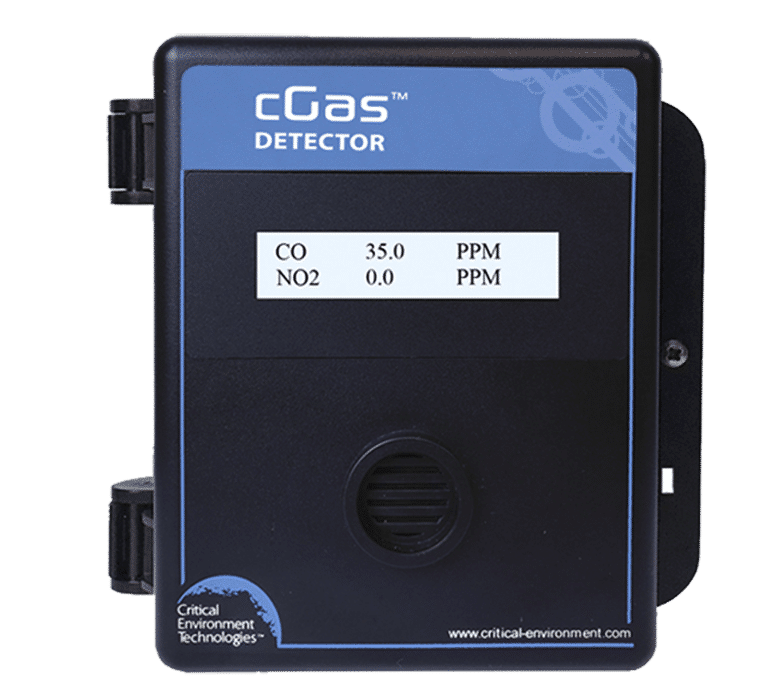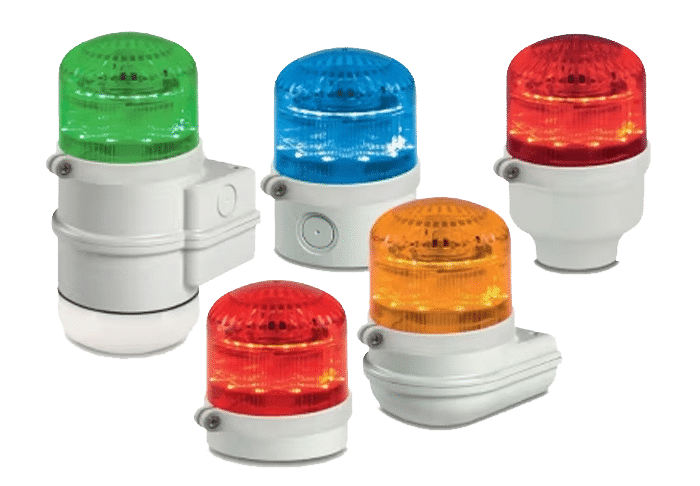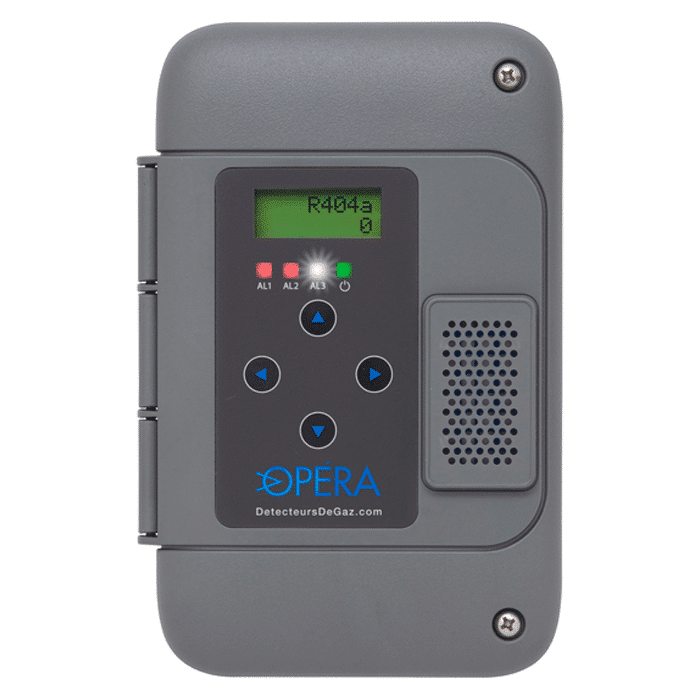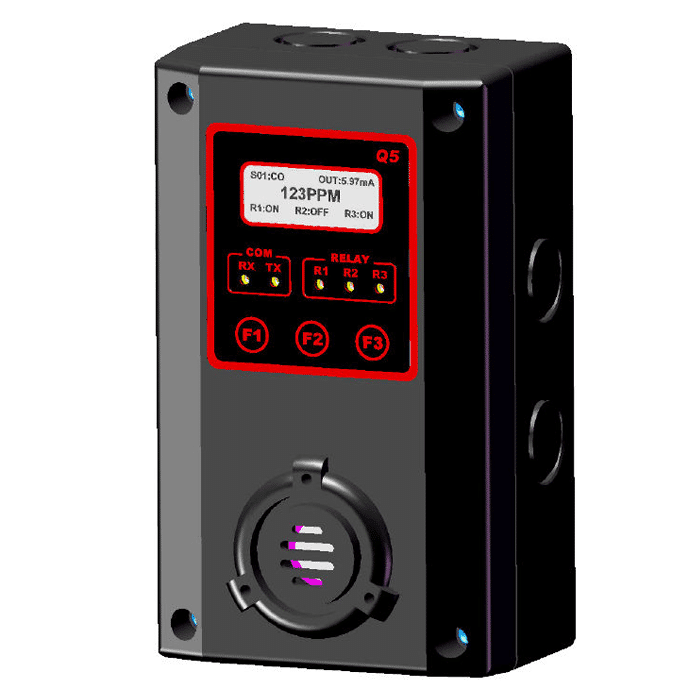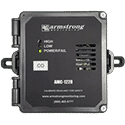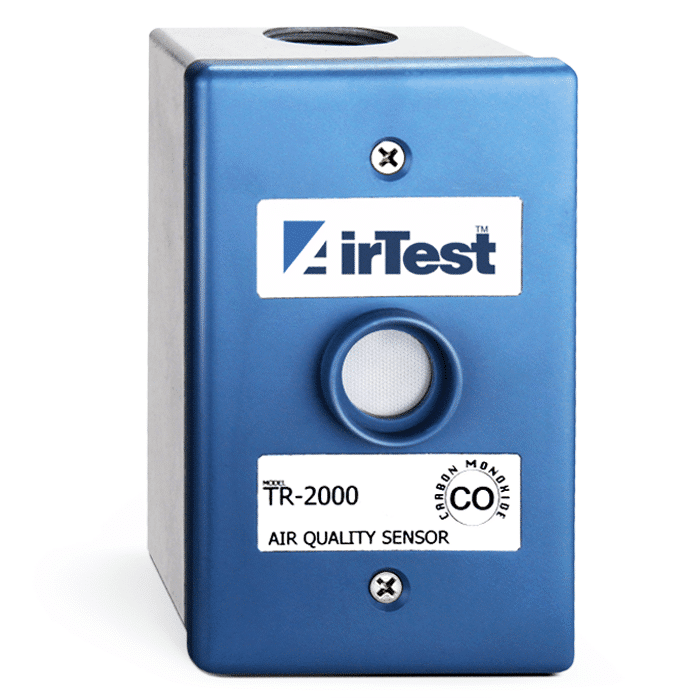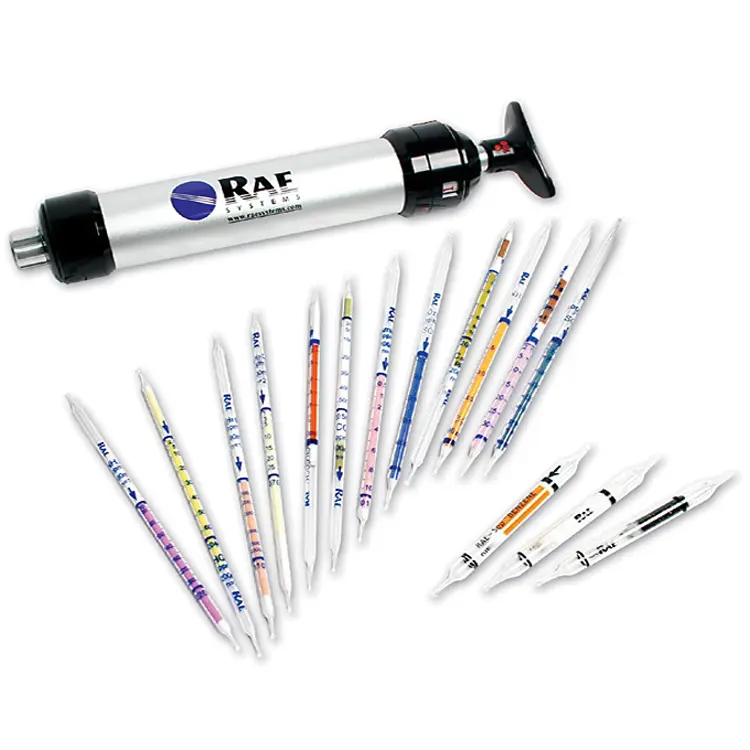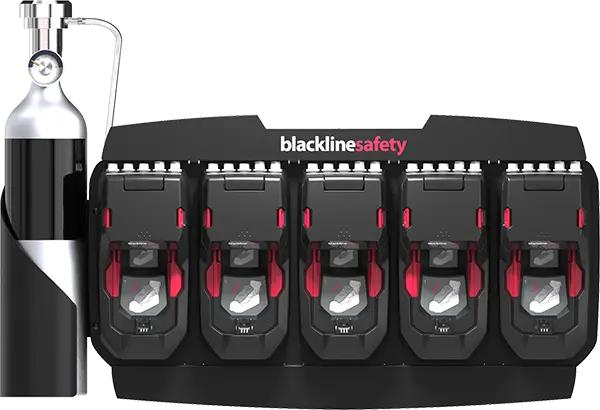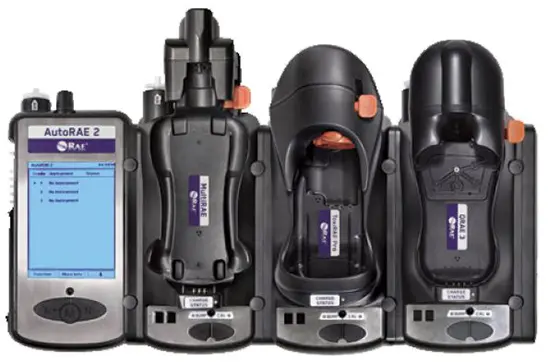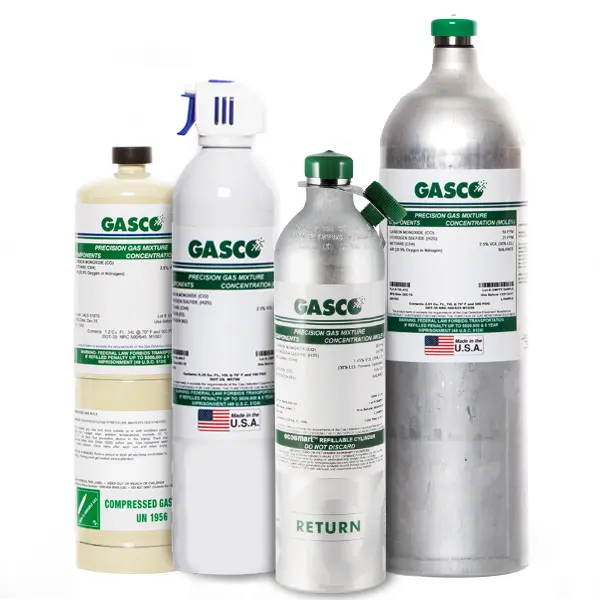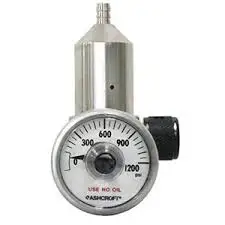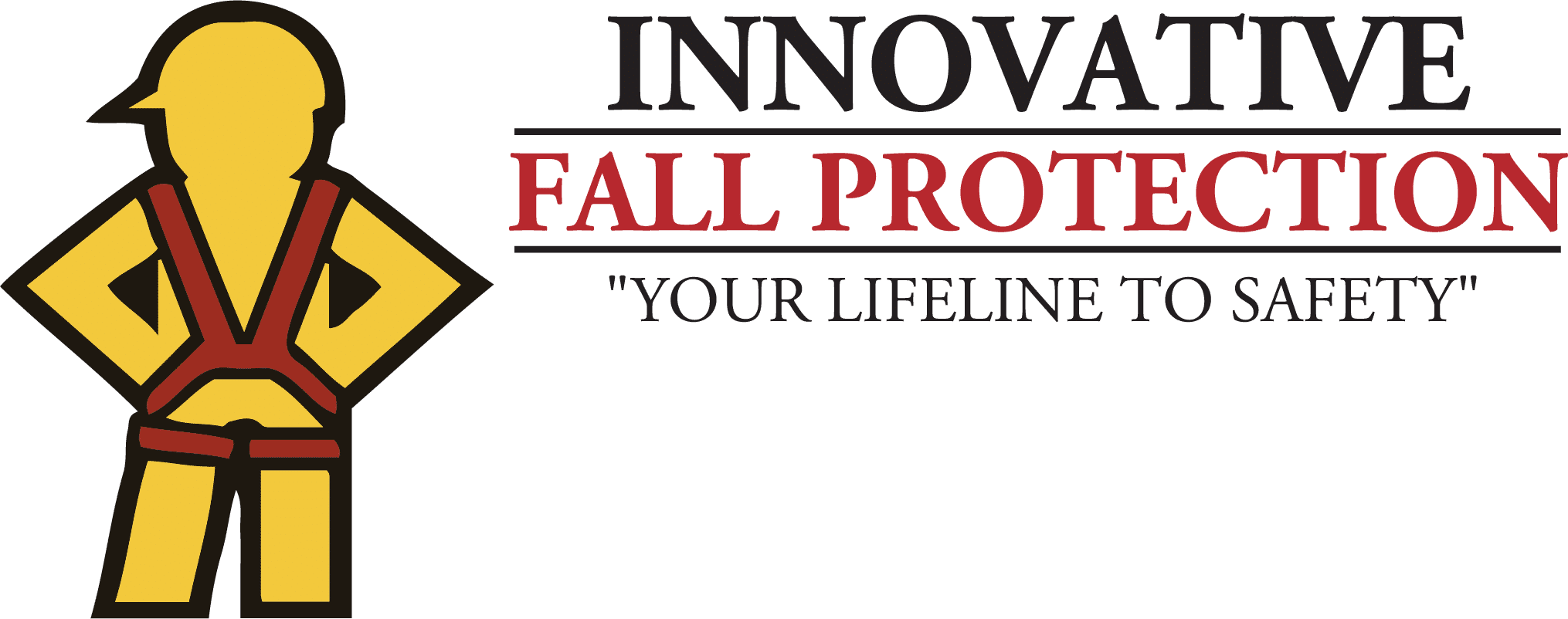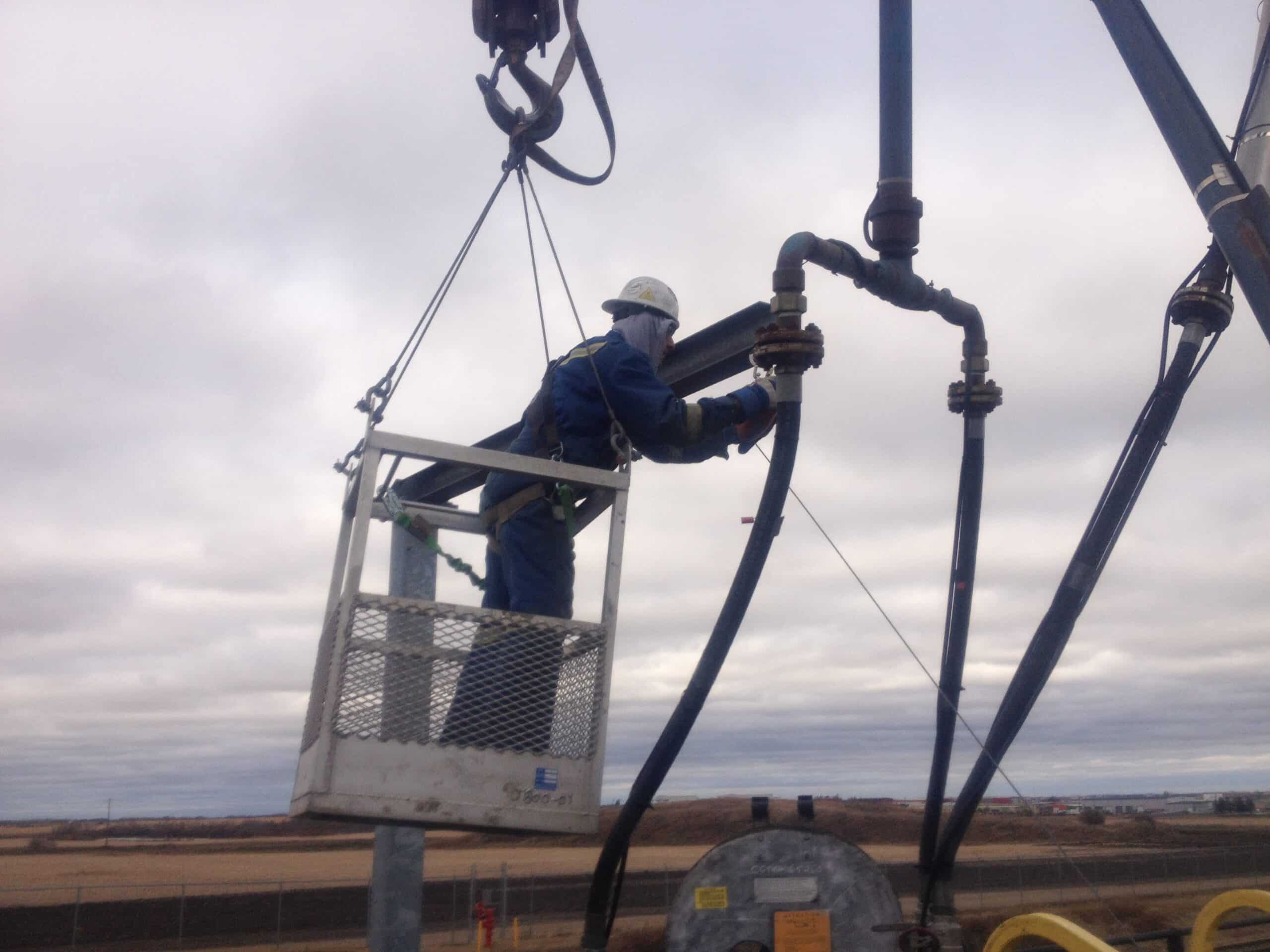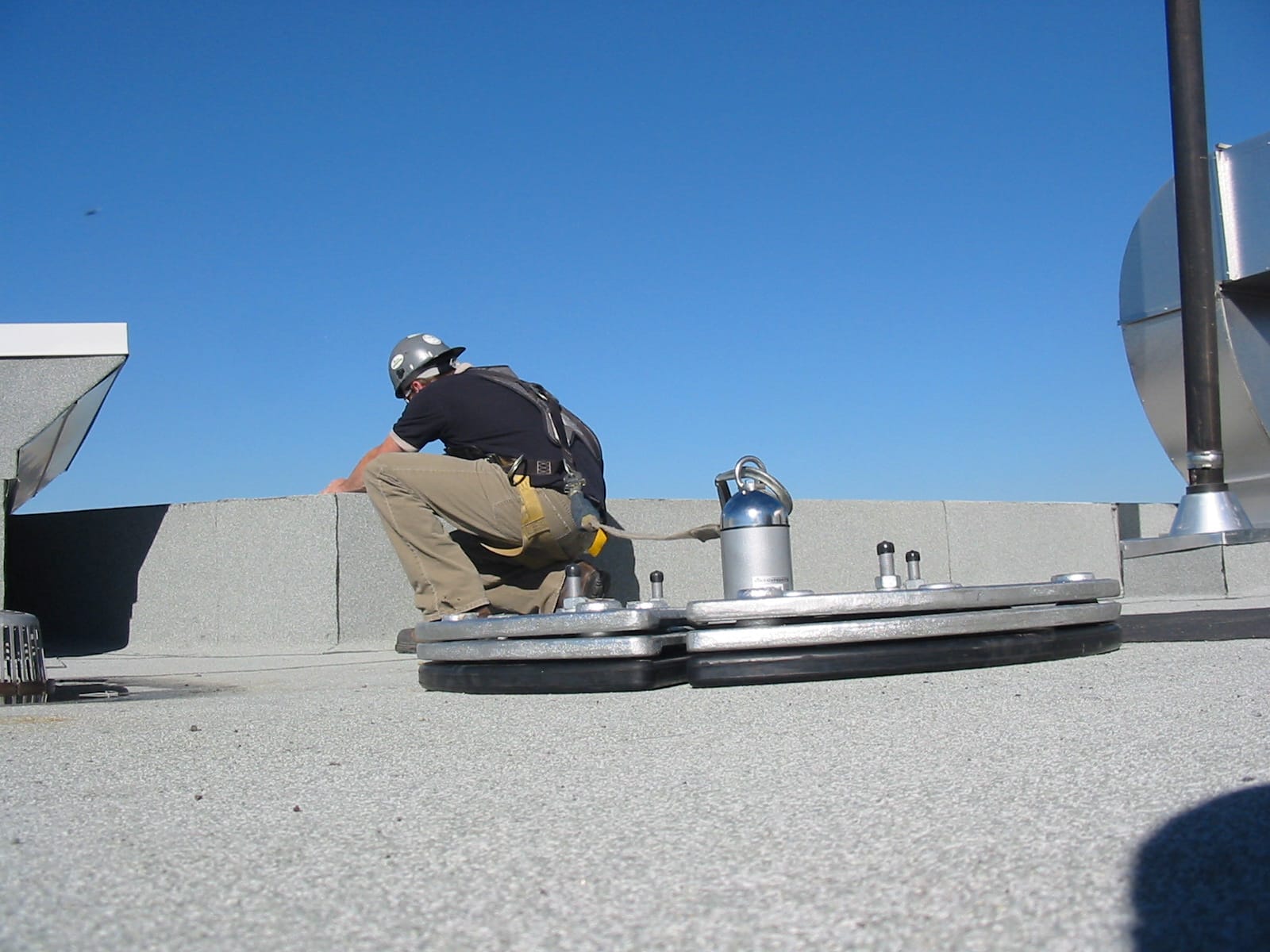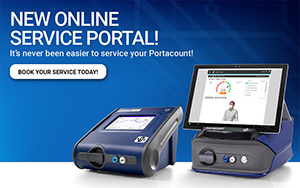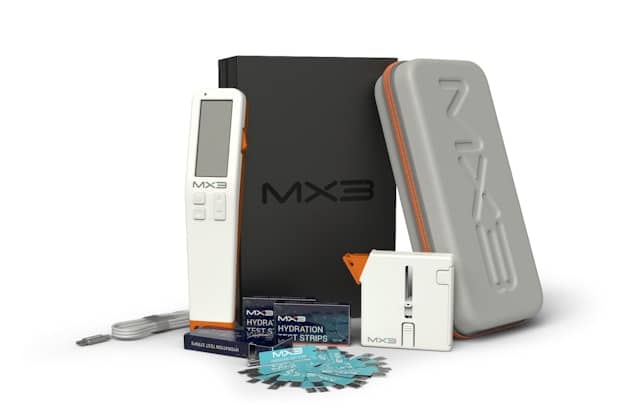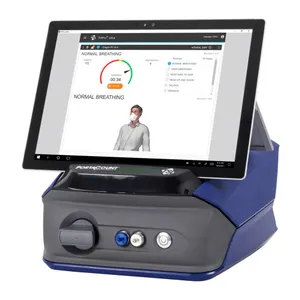Respiratory Safety
Respiratory protection protects employees in work environments with insufficient oxygen or where harmful dust, fog, smoke, mist, fumes, gases or vapors may be present. The cost of not adequately protecting workers is high and includes health hazards like cancer, lung diseases and even death. An effective respiratory protection program should be designed to prevent exposure to harmful air and prevent occupational illness. In this section, we cover all aspects of respiratory protection, how to ensure workers are protected and how to gauge the effectiveness of a respiratory protection program
How to Protect Against Respiratory Hazards
Respirators protect the wearer from inhaling chemicals and toxic materials. Without them, these hazards could have a devastating impact on the pulmonary and general health of workers. Simply wearing a mask, however, is not enough to ensure adequate protection. The mask needs to fit tightly but comfortably on the wearer’s face. To protect the wearer, the respirator needs to form a seal around the face to prevent the penetration of hazardous substances. Users can sometimes feel that the respirator has been loosened and that the seal is broken, but judging the fit by feel alone is unreliable. For best results quantitative fit tests should be performed at least once a year to ensure that the respirator continues to provide optimal protection.
A fit test should also be performed any time an employee undergoes a change that could affect how well the respirator fits on them. Gaining or losing a significant amount of weight, for instance, could affect the respirator’s ability to create a protective seal. Growing facial hair could also compromise the respirator’s fit, and major dental work could affect the facial structure enough to make a difference as well.
You’re required to wear a respirator if you work with any of these hazards: insufficient oxygen, harmful dusts, fogs, smokes, chemicals, mists, gases, vapors, sprays, biological hazards, or silica.
Respirator fit testing is about more than compliance with standards or about “checking the box” as quickly as possible, it’s about safety. Staff working in dangerous environments deserve the very best protection possible from a respirator. PortaCount Fit Testers deliver safety by utilizing the most effective quantitative fit testing method available to identify poor fitting masks.
SELECTING A RESPIRATOR
Selecting the right respirator is important. Here
are some simple questions to ask when donning a
respirator.
- Does the mask sit correctly on the nose,
face & cheeks? - Is there space for any eye protection?
- Can the user still speak while wearing it?
- Is the chin positioned properly?
- Does the respirator fit over the bridge of the nose?
- Does the respirator cover the entire space
from nose to chin?
Know it works with testing
Qualitative Fit Testing
Quantitative Fit Testing
TSI Portacount Fit Tester
Simplify your fit test program with one consistent and objective fit testing experience across any respirator you use. SCBA masks, Air Purifying Respirators (APRs), and N95s for medical calls can all be fit tested with the PortaCount platform.
Achieve a better respirator fit for more staff in less time. The PortaCount Fit Tester boosts your productivity by making the entire respirator training and fit testing process more efficient.
- Fast effective fit testing
- Run multiple fit testing’s in one session
- Fit checks all respiratory masks
